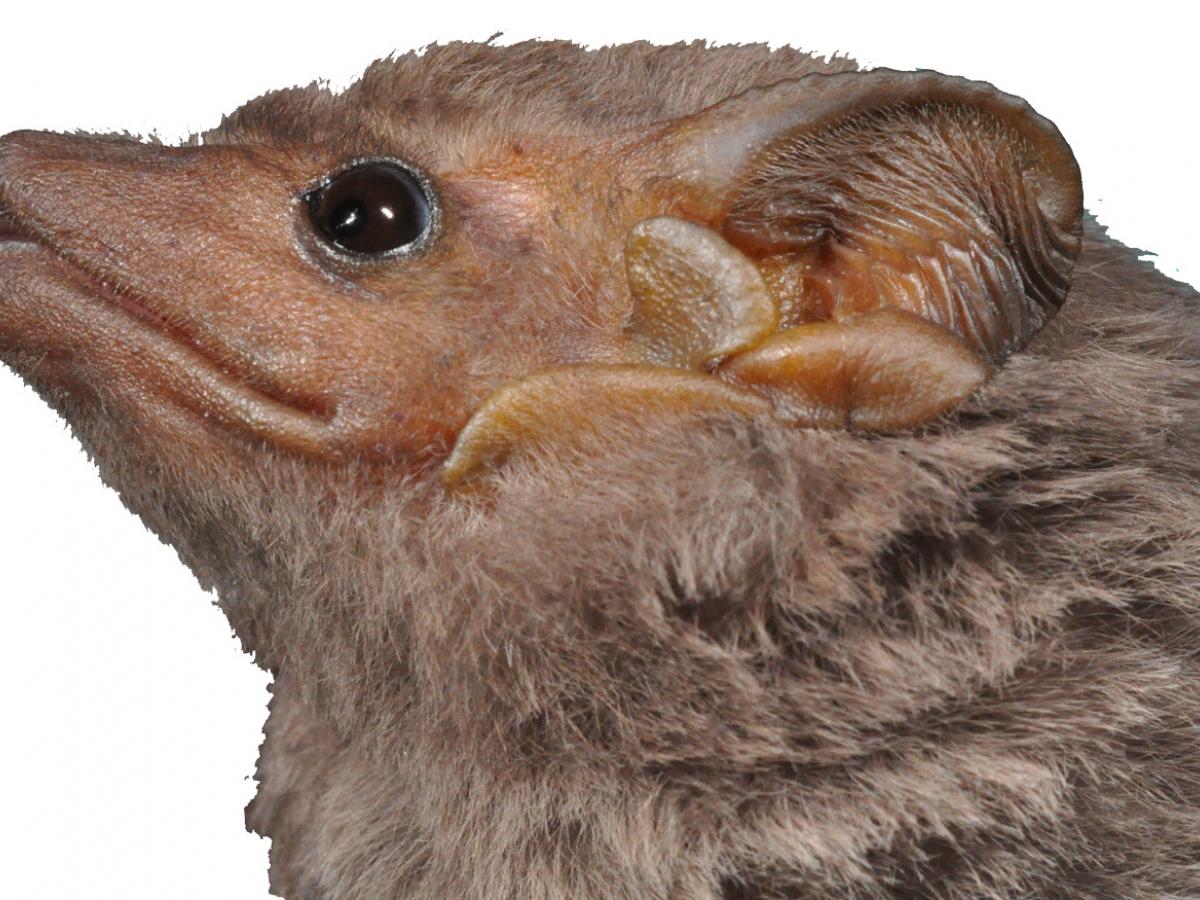How have coexisting bat species evolved separate niches?

Here is a chance to help understand how Australian native mammals have evolved and diversified.
Bats are a major part of mammal biodiversity in Australia, but most attention is given to marsupials and rodents. We know much less about how the Australian bat fauna diversified to occupy niches across continental Australia.
Understanding ecological niches is especially interesting where two closely related, ecologically similar and morphologically indistinguishable species coexist in the same habitats.
In this project, the subtle signs of ecological separateness will be examined using modern methods for 3D shape analysis. Micro-CT x-ray scans and 3D models of bat skulls are available from several examples of coexisting sister species. Thus, there is more than one project opportunity.
The research will
- Be based on existing raw data;
- Use modern analytical methods to understand shape differences between groups;
- Develop skills in R coding language that is now a key skill in scientific research;
- Build on taxonomic and ecological work being undertaken on Australia’s most threatened bat species by bat specialist Dr Kyle Armstrong.
You will join other students in Dr Armstrong’s group working on bats.

Supervisor
Research area: Systematics, biogeography, phylogeography and molecular ecology
Recommended honours enrolment: Honours in Evolution and Palaeobiology
